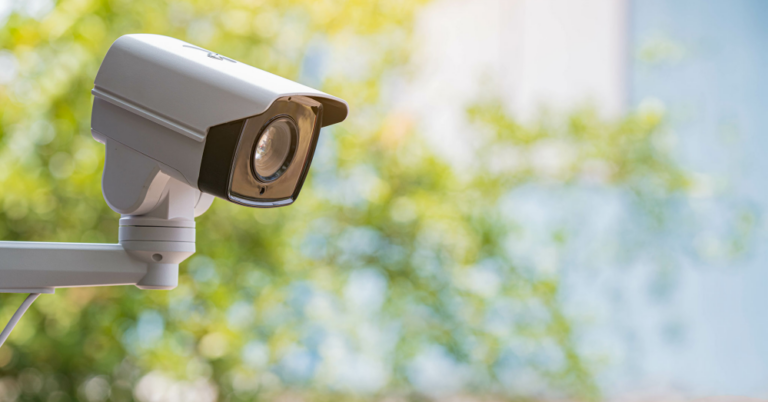Homeowner’s Associations (HOAs) are responsible for maintaining the security of common areas such as parks, playgrounds, and swimming pools. In recent years, many HOAs have turned to video surveillance as a tool to enhance security and reduce liability. This article will examine the benefits and challenges of video surveillance in HOA common areas, and offer suggestions for how to strike a balance between security and liability.
Benefits of Video Surveillance in HOA Common Areas
Enhanced Security: Video surveillance provides a visual record of activity in common areas, allowing HOAs to respond quickly to any security incidents. This can include anything from theft and vandalism to accidents and assaults. By having a visual record of these incidents, HOAs can take appropriate action to resolve them and prevent them from happening again in the future.
Liability Reduction: Video surveillance can also help HOAs reduce their liability by providing evidence of what happened in the event of a legal dispute. For example, if a resident is injured in a common area, video footage can help determine whether the HOA was responsible or not. This evidence can also be used to defend against false claims and minimize the risk of costly lawsuits.
Deterrent Effect: The presence of video surveillance can also have a deterrent effect on criminal activity. Knowing that their actions are being recorded can deter individuals from committing crimes in common areas.
Challenges of Video Surveillance in HOA Common Areas
Privacy Concerns: One of the biggest challenges of video surveillance in HOA common areas is the potential for privacy violations. Residents may feel uncomfortable knowing that their actions are being recorded, and may be concerned about who has access to the footage.
Cost: Installing and maintaining a video surveillance system can be expensive. HOAs must carefully consider the cost of the system and the ongoing maintenance costs to ensure that they are getting a good return on their investment.
Technical Challenges: Video surveillance systems can be complex, and HOAs must ensure that they are using the right equipment and software to get the results they need. They must also be prepared to deal with technical issues such as hardware failures and software bugs.
Balancing Security and Liability
Privacy Policy: To balance security and privacy, HOAs should develop a clear privacy policy that outlines the purpose of the video surveillance system and who has access to the footage. This policy should be communicated to residents to ensure that they understand the purpose of the system and their rights.
Maintenance: To ensure that the video surveillance system is working effectively, HOAs must ensure that it is well-maintained and that any technical issues are addressed promptly. Regular checks of the system should be conducted to ensure that it is functioning as intended.
Employee Training: HOAs should provide training to employees who will be using the video surveillance system to ensure that they understand how to use it effectively. They should also be trained on privacy and data protection policies to ensure that they are using the system in an ethical and responsible manner.
Video surveillance can be an effective tool for enhancing security and reducing liability in HOA common areas. However, HOAs must carefully consider the privacy implications of video surveillance and take steps to balance security and privacy. By developing a clear privacy policy, ensuring regular maintenance of the system, and providing employee training, HOAs can strike a balance between security and liability and provide a safe and secure environment for residents.









